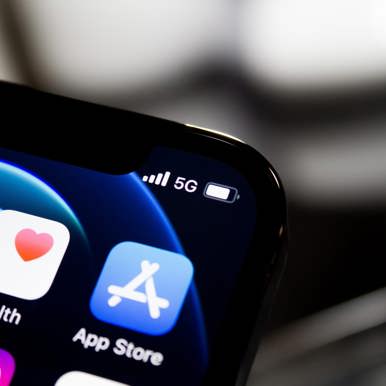The success of application marketplaces such as the iOS App Store and Android’s Google Play has been unprecedented. At the recent WWDC 2016, Apple announced that the iOS App Store now has over 2 million apps and has had 130 billion downloads, that has resulted in over USD$50 billion being paid directly to developers. Google has similarly impressive statistics for its Google Play service.
Services such as Siri and Google Now are disintermediating search, websites and apps.
Sounds great, right? We need to build an app, any app, right? Not so fast! There is an increasing consensus that app store popularity may have peaked. Customers aren’t visiting the app stores to find apps the way they once did, and even if they were it’s very difficult for you to have your new and unique app easily discoverable. This phenomenon is becoming known as “app fatigue.”
So what is contributing to app fatigue?
There are many factors, but key reasons for increasing app fatigue include:
- Users are beginning to feel they have all the apps they need. The current U.S. smartphone user downloads less than 1 app per month, and app download rates are dropping 20% year-on-year.
- Services such as Siri and Google Now are disintermediating search, websites and apps. Users can simply ask their phone to do something, for example “Remind me to call Sue when I get to work” and your phone will create a note and remind you when you get to your workplace. It’s convenient, safer if you’re in the car, and it works well with your built-in phone apps. With all of these benefits there hasn’t been much opportunity for that new app you’re developing.
- The app store is so vast users don’t browse the app store any more. With over two million apps in each major app store there is no easy way to get to your app noticed. Placing ads for your app often doesn’t stack up, often you’re forced to give the app away to get traction but then developers are faced with a challenge monetising an app at a later date.
- With the exception of some app categories which continue to thrive (e.g. games, kids, educational), users are generally looking for some kind of utility that will give an enhanced experience. They will seek out the app for their bank, mobile phone provider, or preferred airline because these apps offer some kind of usability advantage. For example, they are often optimised for a mobile experience, may send alerts or push notifications, and may offer more convenient paper-less check-ins or travel. The benefits are clear so the user will search for and then download the app.
Users are generally looking for some kind of utility that will give an enhanced experience.
Next generation apps
Consider this scenario: you’re travelling, you’re exploring the area in your favourite maps application, it knows where you are, and you know where you want to go. You don’t want to leave the app to book a taxi or an Uber. The future of apps of this kind is to provide a slick integrated end-to-end experience from within apps like Maps, Messaging, Siri, or Google Now. Google has offered limited integration with Uber in Google Maps for over a year, but this is far from open, and not an opportunity that other developers have been able to take advantage of.
New opportunities are soon to be available, particularly on iOS. At WWDC 2016 Apple announced a significant opening of three key services within iOS 10: Siri, iMessage, and Maps. This will mean that you can embed your app experience directly within these key apps, for example, you can be in Apple Maps, select a location, request a service directly from the maps app, pay for it, and continue on without leaving a built-in Apple supplied app. A similar experience can be had with Siri and iMessage. Google has similar capability to Siri with Google Now voice integration, and we expect Google Maps to offer an app ecosystem at some stage too.
Our top tips if you’re developing an app today (and want it to stand out!)
- If your app performs repetitive functions that would be more efficient performed by voice, then integrate with the Siri or Google Now Voice API. In order to support SiriKit in the first release of iOS 10, your app must be in one of the following categories: Audio or video calling, Messaging, Payments, Searching photos, Workouts, and Ride booking.
- If your app benefits from knowing the location it’s being used in, consider integrating with the Apple Maps API and providing your experience directly in the Apple Maps app.
- If your app benefits from sharing details or “transactions” with other users, or groups of users, consider integrating with the iMessage API and providing your experience directly in the Messages app.
- Similarly, if a simplified watch interface makes sense then consider supporting Android Wear or Apple watchOS.
Having these hooks exposed is providing a great opportunity to integrate with the built-in apps shipped with the mobile device. Analysis also shows these are the most popular apps and now you can benefit from their popularity. Our recommendation is to jump on this bandwagon early before this app space becomes crowded too.
Finally, before developing any app - ensure it has genuine utility and provides benefits for your users. Be sure to check our post Mobile site or app? Or both? Ask yourself these 12 key questions before you leap in.













